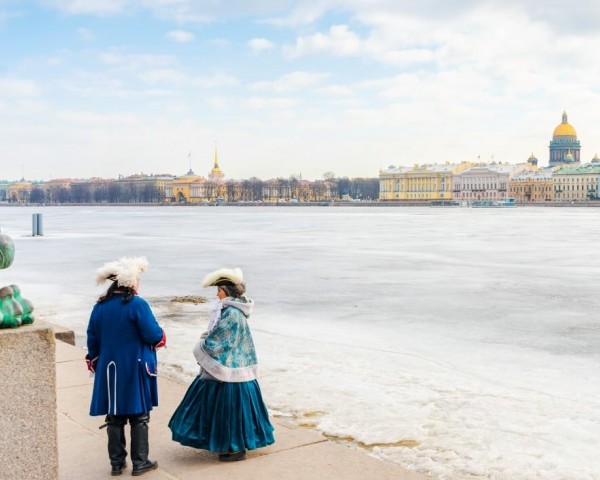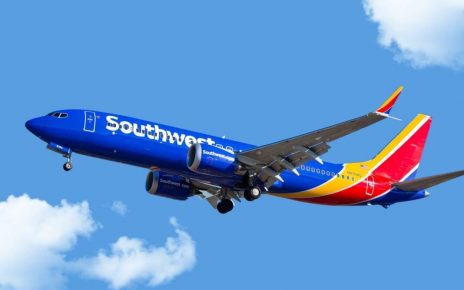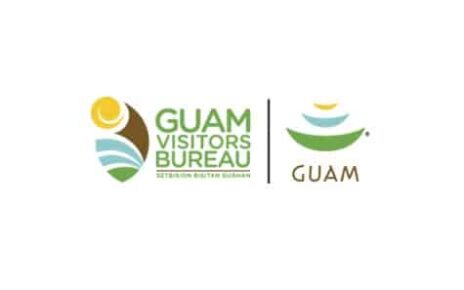The Covid-19 pandemic is having a striking effect on the tourism industry worldwide, with no exception. Even the most popular destinations have not managed to deal with this unprecedented crisis. One of the prime examples of this is St. Petersburg.
The fairytale Russian city, usually filled with tourists 365 days a year, suddenly calmed down in March 2020. Nevsky Prospekt became empty, the Hermitage and the Russian Museum closed their doors, the Mariinsky and Alexandrinsky theatres cancelled performances and parishioners were no longer allowed to attend services at the Kazan Cathedral.
Unprecedented Decrease
In 2020, the decrease in inbound tourism in St. Petersburg reached 73 %. In total, 2.9 million people visited the Russian northern capital. In contrast, in 2019 the number was 10.4 million. The number of domestic tourists fell by 60 %, while the number of international visitors decreased by 90 %.
Throughout the past spring, the industry was hoping for a relaxation of the restrictions. Some relief came in May. However, contrary to expectations, it was not the tourists from other countries who became more active, but the citizens of St. Petersburg themselves.
Thus logically, mainly the Leningrad region benefited from the increase in travel. Last May and in early summer, room occupancy reached 95-98 % in accommodation facilities in the region. The inbound tourism in St. Petersburg itself only registered a modest increase.
Not All Survived
Tour operators, hoteliers, restaurateurs all suffered losses. Not everyone managed to survive the pandemic. Some hotels even had to close forever. The biggest losses were incurred by large hotels focused on international and business tourism, considering that profits from corporate clients can reach 40 %.
It was not easy for the owners of luxury five-star hotels. They could not knock down the prices in order to attract more customers. Hotels tailored for Chinese tourists are also in trouble, as their reputation did not allow them to reorient themselves to a new contingent.
Forced Transformation
In the course of the pandemic, new trends emerged in the St. Petersburg tourism industry. In excursion activities, the emphasis shifted to digitalization: online lectures and classes, virtual walks in the city and much more.
Hoteliers have reconsidered their approach to service as a result of the critical situation. Many have switched to the so-called Moscow format of work. If before the pandemic, breakfast and VAT were taken into account in the price tags of most hotels by default, now it had to be paid separately.
A number of hotels in the city began to rent rooms for offices. Spaces are booked for several hours a day. The service is popular especially among Moscow businessmen who come to St. Petersburg for negotiations and rent a room without staying overnight.
Inbound tourism in St. Petersburg has turned out to be perhaps the most vulnerable to the epidemic. Its recovery, according to experts, can take up to 5 years. But that is only the case if no new restrictions are introduced. All in all, the future of the tourism industry in St. Petersburg seems to be a big question mark.





